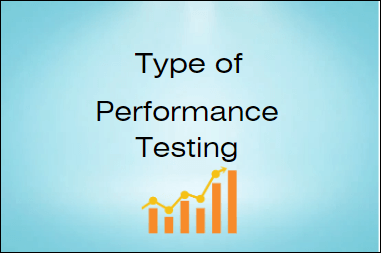Performance testing is a systematic testing approach to validate the performance of an application under load. Following are the different type of performance testing:
- Load Test: A Load Test verifies the performance of an application or system under a peak user/volume condition. This test also validates the resource usage, stability and reliability of the software system under peak load.
- Stress Test: A stress Test verifies the performance of an application or software system at a futuristic load. The futuristic load is a predicted load which should be handled by an application in the future with existing software and hardware. The defined load for a Stress test is always more than a Load Test.
- Soak Test: Soak Test helps to identify the memory leakage in the software system. Another name for the Soak Test is the ‘Endurance Test’. In the soak test, a significant load is applied on the server for an extended period. Generally, the test duration of the soak test is between 8 to 24 hours, but it may vary as per project requirements. A longer period performance test with an average load provides information about the behaviour of the Garbage collector and memory management.
- Spike Test: Spike Test refers to a performance test which simulates a sudden high load on the server for a shorter period. It helps to identify the behaviour of an application or software system when an unexpected huge load arrives. The outcome of the spike test concludes whether the application can able to handle a sudden load or not.
- Break-point Test: Application Break-Point Test helps to find out the breaking point of the application or server from a performance testing perspective. This test is helpful to identify the maximum load-bearing capacity of the application. More likely some applications fail during stress tests when the expected future load is applied on the server. This test is also known as the Fatigue Test.
- Step-up Test: The step-up performance test is helpful to identify the performance of a software system at varying loads. Unlike the load test, the step-up test has multiple steady states in a single test. Due to multiple steady states, this test is also called a ‘Multi-level Load Test’. The step-up test starts with less number of users, continues with the same load for a certain period and then increases the load to the next level. At the next load level (step), the test again continues for a defined period and jumps to another level.
You may be interested:
- Load Test
- Stress Test
- Soak Test (Endurance Test)
- Spike Test
- Application Break Point Test
- Step-up Performance Test

